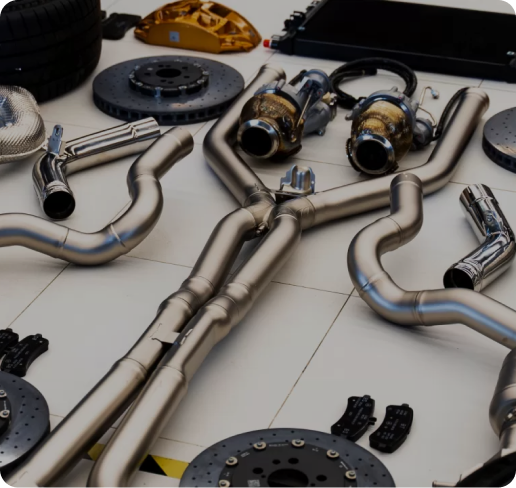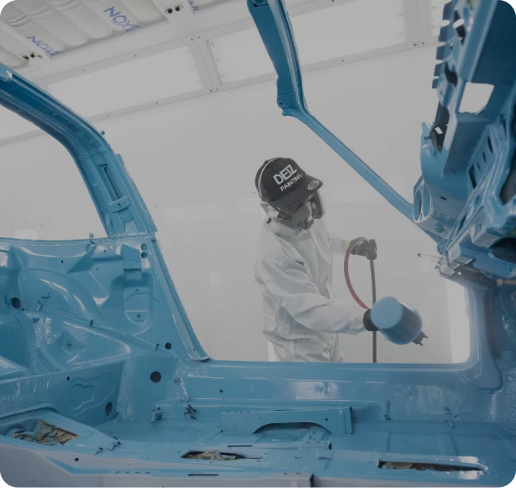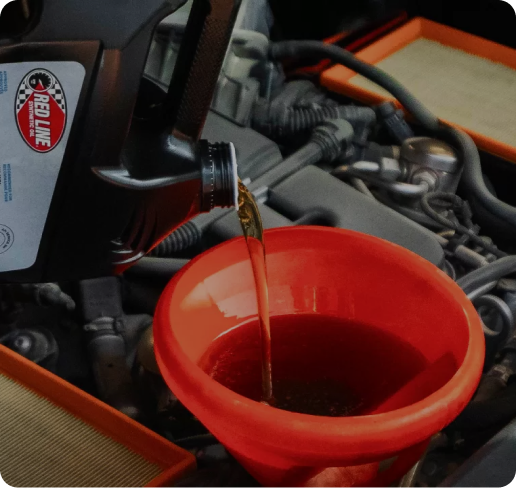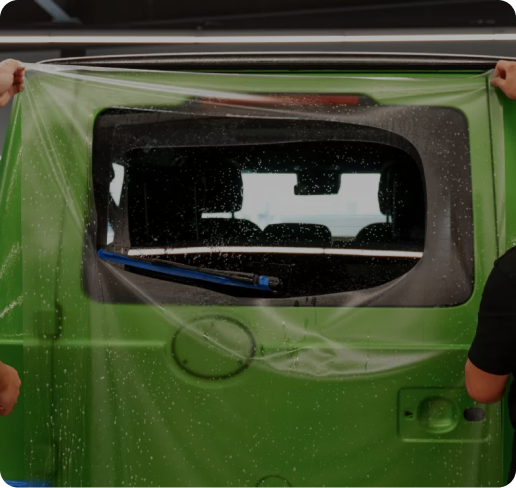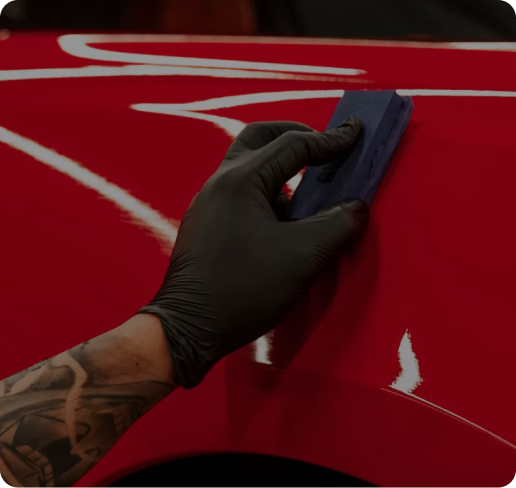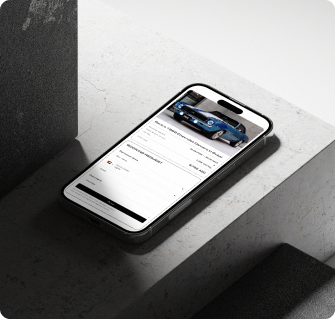Each of us gets into unpleasant situations on the road, especially in rainy weather. Driving into a puddle is a potential danger to your car, as the water can damage the engine, electronics and other important elements. In this article, we will tell you what to do if you drive into a puddle and how to avoid serious consequences.

1. An obvious but extremely important point: if there is any doubt, you should not drive into a puddle in an attempt to overcome it.
2. If it does happen, do not panic. Otherwise you may make a mistake that will make the situation worse. Therefore, the first thing to do is to calm down and act consciously.
2. Reduce your speed. Slow down gradually, do not accelerate in an attempt to drive faster through the flooded area. Otherwise, you can cause a wave that will cover the vehicle and water will enter the intake manifold. This is also necessary to avoid aquaplaning and losing control of the car. Use the brakes gently and gradually in intermittent movements. Be aware that the braking distance of the vehicle may increase in water, so keep a reasonable distance from other cars.
3. Do not steer the wheel. Once in a puddle, do not attempt to turn the steering wheel sharply or change direction. Doing so can increase skidding and cause your car to get stuck.
4. If the water level visually exceeds the point where air is drawn in, it is better to stop and call a tow truck.
If your car is stuck in a puddle and won’t move but remains running, don’t try to accelerate – this can only make matters worse. Try gently shifting between forward and reverse to rock the car and try to get out of the trap. If this doesn’t work, use objects that can improve the grip of the wheels, such as putting mats or branches underneath. Otherwise, call a tow truck.
The most unpleasant thing that can happen is that the car stalls in a puddle. If this happens, you should take the following steps:
1. Assess the situation. If the water almost reaches the doorways or enters the cabin through the exhaust pipe, do not try to start the car, because it can stall due to the formation of the wrong mixture with water inside. And if there is already quite a lot of water in the engine, hydrostroke will occur, which can destroy engine components and it will have to be replaced.
2. Call a tow truck. This will ensure your safety and prevent further damage to the vehicle.
If you manage to get through a puddle, do a quick check of your vehicle before continuing on your way. Pay special attention to the wheels, engine, brakes and other important components; Check for water in the interior or trunk; Inspect the exhaust system; Take a look at the vehicle’s performance; Thoroughly inspect the underside of the vehicle for damage. If you have any suspicions about possible damage – contact a specialist for diagnosis and repair.
Every car owner needs to understand where the air is drawn into his car. The main problem is that water can get into the internal combustion engine, that is, directly into the cylinders. It happens through the channels of air intake into the cylinders, it is the intake pipe, air filter, etc. Therefore, it is important to remember where the air intake for the engine comes from, at what level it is located. On different cars it is at different heights, so before the rain you need to open the hood and see where the air filter is installed and where the air comes to it, at what level. This will give you an understanding of what depth your car can safely overcome.
In general, regularly check the condition of seals and other safety features. This will help you to reduce the risk of breakdowns in contact with water. Contact DEIZ for comprehensive diagnostics and repairs!
